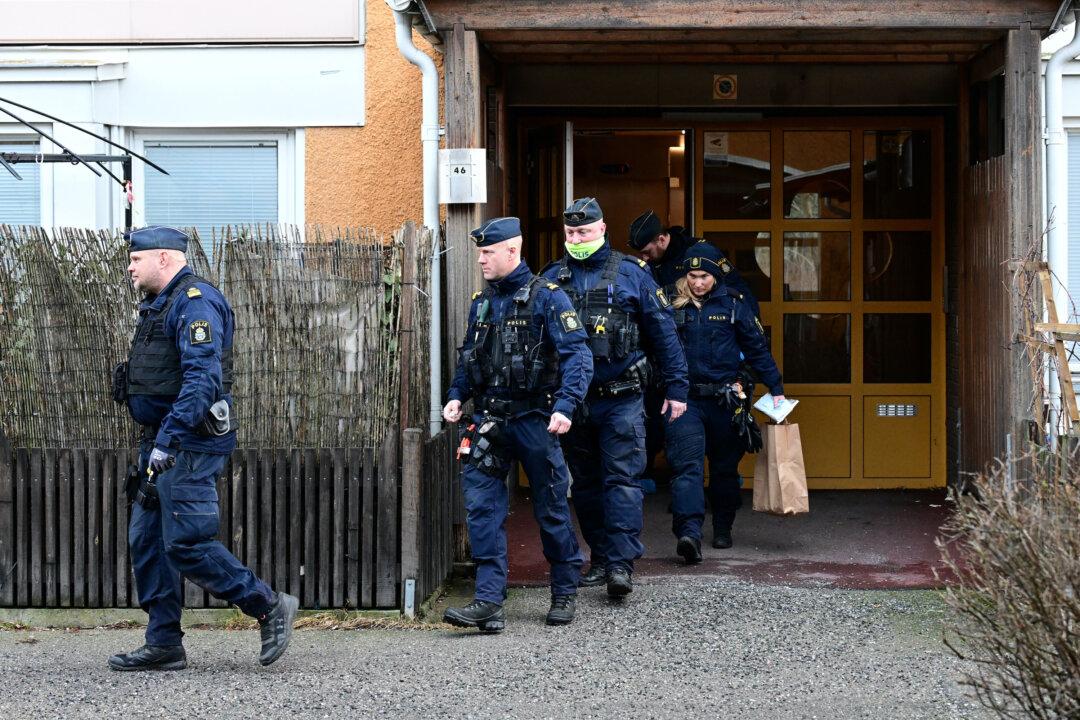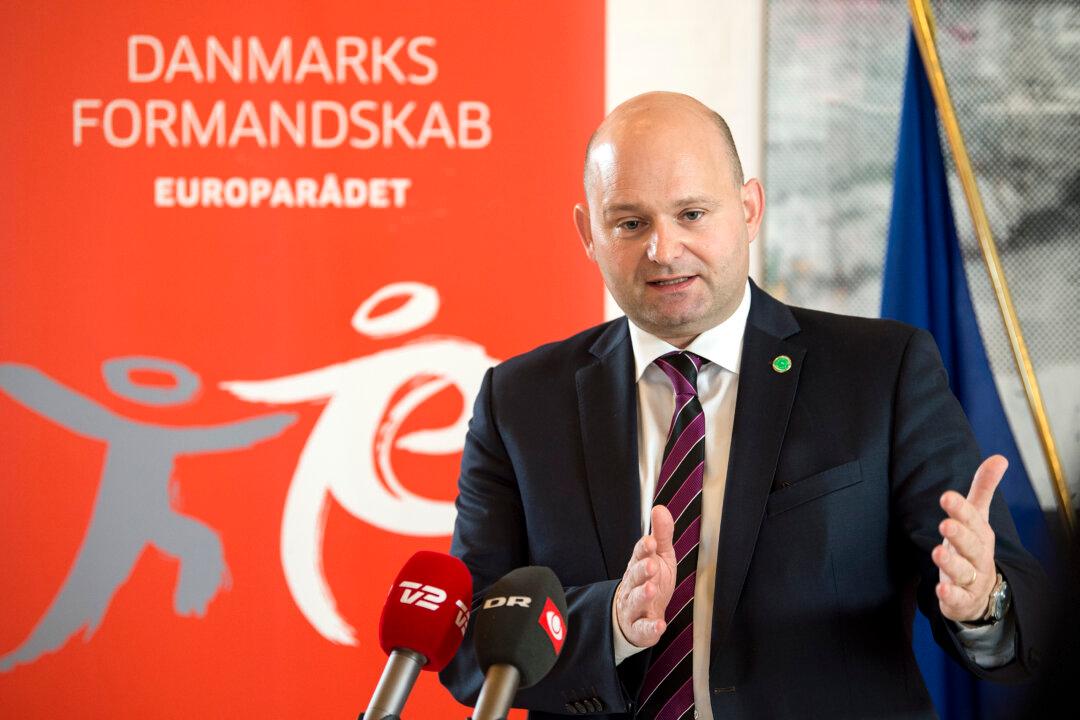STOCKHOLM—With just three months to go until election day, the Social Democratic Party of Sweden—the main force in postwar Swedish politics—is facing historically low numbers.
This means the stage is set for parliamentary uncertainty, as three seemingly incompatible parties of apparently equal size look to secure about 70 percent of the votes. If this happens on election night, one or more of the major players will likely need to do a radical about-face in order to form a government.




